Max Littman, LCSW
September 10, 2025
The phrase “you can only take clients as far as you’ve gone” can sound like a rigid rule or a limitation. But in practice, it is a call for humility, responsibility, and growth. As therapists and practitioners, our clients’ inner journeys inevitably touch into places we haven’t fully traversed inside of ourselves. What matters most is how we respond when that happens.
Recognizing the Moment
Sometimes a client begins to enter inner terrain we’ve not yet explored in ourselves. Sometimes this may be places that our parts have hidden from our awareness and other times it may be areas we are keenly aware that fear takes hold. However it may show up, we can be tuned into the cues:
- A sudden rush of theory or technique instead of attunement
- A tightening in the body or a flicker of confusion
- An urge to change the subject, lighten the mood, or push forward too quickly
These can be signals that a client is reaching the edges of our own experience.
Case Example:
A client begins sharing about their rage toward a parent. The therapist notices a tightening in the chest and an almost reflexive urge to intellectualize: “Anger is a bid for connection. Let’s find the exile underneath who is needing us to be connected with it.” Instead, the therapist pauses internally, gets curious, and realizes: I’ve not been in touch with my own rage at my father. That recognition reframes the moment—not as an error to fix or be avoided, but as a place to slow down, get curious, and attune to.
What Parts Get Activated
When clients step into territory we have yet to face, our protectors often react:
- Managers may over-explain or interpret, trying to stay in control.
- Firefighters may shift topics, rush pacing, or joke to escape discomfort.
- Exiles may suddenly surge, pulling us toward our own pain, desperately seeking us to bear witness instead of allowing us to stay present to the client’s system.
Awareness is the ethical first step. We can ask our parts to leave room for our awareness. Without awareness, we risk unconsciously asking clients to take responsibility for our burdens.
Case Example:
During a client’s account of a sexual assault, the therapist’s exile connected to their own unprocessed experience begins to flood. A firefighter wants to shut the session down early. By naming internally, “A part of me is feeling overwhelmed here,” the therapist steadies enough to stay present. Later, they bring the moment to consultation and their own therapy.
When Parts Rush Us to Refer Out Too Early
Our parts can rush us to refer out too quickly. At times, the activation we feel in session can trigger protectors who want immediate relief rather than discernment.
- Managers may push for referral to preserve a sense of competence or avoid “getting it wrong.”
- Firefighters may want to end the discomfort quickly by moving the client elsewhere.
- Exiles may flood us with shame or inadequacy, leaving us convinced we cannot be of use.
While referral is sometimes the most ethical choice, doing it prematurely can disrupt a client’s sense of safety and continuity in the relationship. It can reopen abandonment wounds. It can also deny us the chance to grow by staying with our own edges.
The Self-led path is to pause and check: Is this impulse coming from protectors or from Self? Do I know with conviction and confidence I need to refer out, or are my parts reacting out of fear?
Consultation is key in moments like this, providing perspective when our vision narrows. If a referral truly is in the client’s best interest, it can be made with care and transparency, honoring both the client’s journey and the work already done together.
Case Example:
A client begins exploring sexual trauma. The therapist’s exile floods her nervous system with their own unprocessed pain, and a firefighter jumps in with the thought: I should find them someone else immediately. In consultation later that week, the therapist realizes the urgency came from her protectors, not from Self. After doing her own work, she is able to continue with the client—more grounded, more spacious, and still open to referring in the future if needed.
When Parts Keep Us in It Too Long
On the other side of the spectrum, protectors can also keep us working with a client longer than is ethical or helpful. These parts may be invested in holding onto the relationship even when the client’s needs would be better served elsewhere.
- Managers may insist: I should be able to handle this, equating referral with failure.
- Firefighters may avoid the pain of ending by pushing forward, session after session, without acknowledging what isn’t working.
- Exiles may cling to the client’s attachment as a salve for their own loneliness or inadequacy.
The risk here is that we unintentionally make the work about our own system rather than the client’s needs. Staying past our capacity can slow the client’s progress, erode trust, and reinforce burdens.
The Self-led path is, again, discernment. Honest reflection and regular consultation help identify when protectors are prolonging work beyond its natural course. From Self, referral or collaboration with other providers can be framed as an act of care rather than abandonment.
Case Example:
A therapist works with a client struggling with severe eating disorder behaviors. Week after week, sessions stall, and the therapist notices frustration rising alongside a manager insisting, I should be able to handle this, and an exile that clings to the relationship as proof of worth. Countertransference emerges as both protective urgency and quiet resentment: parts wanting to rescue and parts fearing rejection. In consultation, the therapist recognizes that these dynamics are keeping him in a case beyond his scope. From Self, he returns to the client with care: “I want to make sure you have every resource possible, and bringing in someone who specializes in this area could be an important next step.” The client feels held rather than rejected, and the therapist’s parts are reassured that letting go can also be an act of integrity.
Ethical Considerations
- When to keep going vs. refer out. If we can remain Self-led—curious, compassionate, steady—despite discomfort, we can often stay with the client. But if protectors overwhelm presence, the ethical path may be slowing the process, seeking consultation, or referring to someone who can bring more Self into that territory (e.g. a therapist who has tended to that territory in themselves or there are no burdens that impede on the clinician’s curiosity and compassion in that territory).
- Transparency with care. Speaking for our parts can deepen trust: “I notice a part of me feels a bit unsure here, and I want to go carefully with you.” This communicates humility and models Self-to-part relating, as long as it’s brief and client-centered.
- Consultation as a necessity. When these edges repeat, consultation is non-negotiable. It helps us discern whether to keep walking with the client, do parallel personal work, or step back.
What Can Be Done In Session
Even in unfamiliar territory, there are ways to stay in service of the client:
- Anchor in Self. Returning to presence often begins with something small: a conscious breath, a pause, or silently naming what is happening inside. These gestures of Self-contact can allow us to stay grounded enough to remain attuned to the client, even as our own system stirs.
- Continue to encourage Self to part connection. One of the revolutionary contributions of IFS is the recognition that the relationship between a client’s Self and their parts is paramount. The connection between a client’s parts and the therapist’s Self can be powerful and deeply supportive, yet it has limits. If, in session, we are able to stay with our own system while our client remains unblended and in relationship with their parts—whether through our gentle encouragement or simply by holding space—then we are well positioned to accompany them, even if we have not personally gone where they are going.
- Name the process. When both our system and our client’s are activated at the same time, a simple, Self-led acknowledgment can help re-establish safety. This might sound like, “I notice this feels like a charged moment—is it ok if we slow down together.” Used with discernment and with care, naming the process signals presence rather than distanced expertise or perfection, models attunement, and can help regulate the nervous system of both therapist and client.
- Maintain the frame. When protectors come online, it becomes especially important to hold the therapeutic container steady. Attending to pacing, boundaries, and time provides the safety needed for the client to keep exploring their inner world, even while our own edges are present. In these moments, a gentle reliance on our managers can be useful, allowing them to contribute their strengths—reinforcing the container with ethical and logistical beams and columns.
Case Example:
A client touches deep grief about the recent loss of their dog. The therapist feels a wave of their own unhealed grief from a pet’s passing arise. Instead of pulling away, the therapist takes a quiet breath and grounds in Self, letting their managers steady the frame by slowing the pace and holding the container. From this place, the therapist gently invites: “Can you notice what this part of you most wants you to know?” This allows the client to remain connected to their own experience of loss while the therapist acknowledges their edge without letting it lead.
Returning to Our Own Work
After sessions that go into territory we have yet to cover within ourselves, the ethical responsibility continues:
- Bring the experience into consultation or supervision.
- Tend to the activated parts in our personal therapy or individual rituals/practices.
- Allow the client’s courage to become an arrow pointing to where we need healing.
Case Example:
After repeatedly noticing activation around a client’s work with body shame, the therapist realizes they’ve avoided facing their own. He brings this to his therapist: “I think my client’s story is showing me the place in me that’s still hidden.” This parallel process deepens both the client’s and therapist’s journeys.
A Landmark
“You can only take clients as far as you’ve gone” can be a landmark rather than a strict rule. It can be a sign directing us to humility, ethical discernment, and ongoing growth. Sometimes it means walking beside clients into territory that feels new. Other times it means pausing, slowing down, or referring out.
Either way, it is about loving presence over predetermined perfection: noticing our edges, naming them responsibly, and committing to our own inner work. In doing so, we keep the therapy room a place where clients can safely touch the depth of their own worlds—even if those worlds stretch beyond what we have yet to venture.
For feedback and comments, I can be reached at max@maxlittman.com.
I provide consultation and therapy for therapists.
